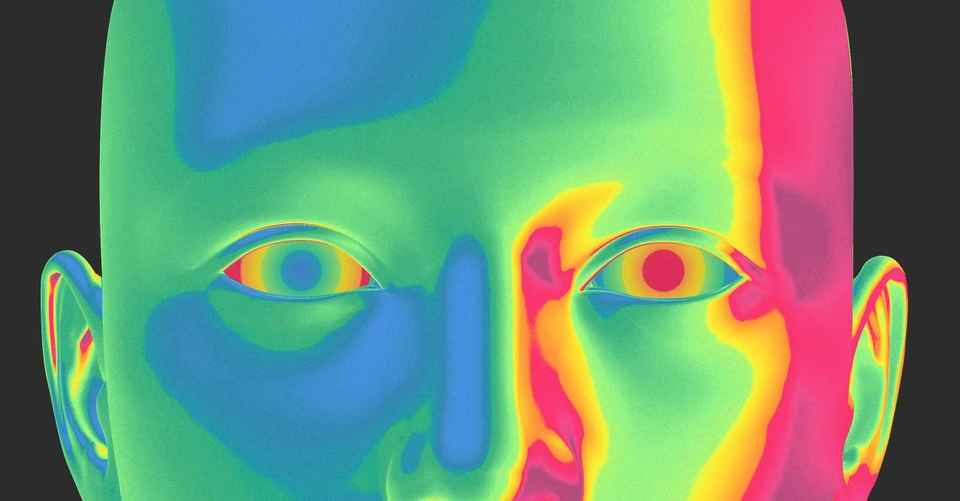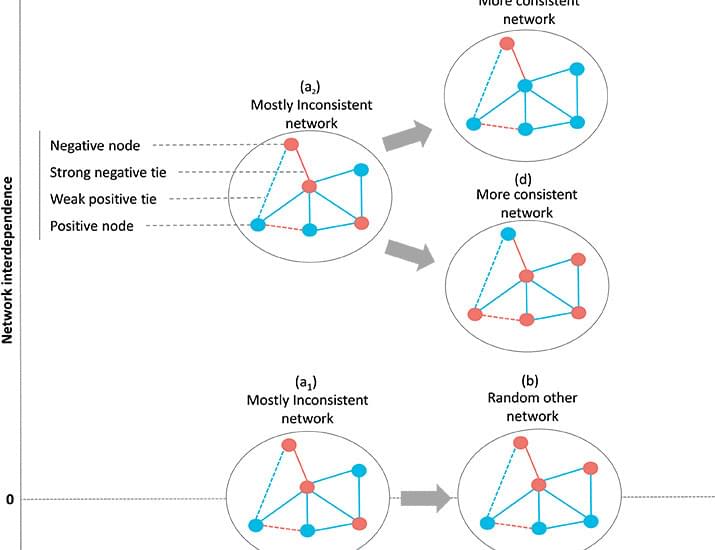Our current color theory has been wrong for 100 years, and getting it right could have huge implications for electronics, textiles, paints, and even the planet,…



For decades children and adults have learned the motto “when thunder roars, go indoors.” It is a low-tech approach to staying safe when lightning could be in the immediate area, but thanks to advancements in forecast products, meteorologists are getting more advanced warning when these sudden dangers could be on the horizon.
The National Oceanic and Atmospheric Administration says several forecast offices around the country are using an experimental LightningCast product to determine who has the greatest chance of seeing lightning upwards of an hour before a strike.
The data comes from the GOES-16 and GOES-17 satellites that are constantly monitoring the skies over North America.

University of Birmingham researchers have demonstrated how unique vibrations, which are caused by interactions between the two stars’ tidal fields as they approach each other, affect gravitational-wave observations.
Taking these movements into account could significantly improve our understanding of the data collected by the Advanced LIGO and Virgo instruments, according to a press release published on the institute’s official website on Thursday.
“Scientists are now able to get lots of crucial information about neutron stars from the latest gravitational wave detections,” said Dr. Geraint Pratten of the University of Birmingham’s Institute for Gravitational Wave Astronomy. “Details such as the relationship between the star’s mass and its radius, for example, provide crucial insight into fundamental physics behind neutron stars.”



The posterior parietal cortex (PPC) plays a key role in integrating sensory inputs from different modalities to support adaptive behavior. Neuronal activity in PPC reflects perceptual decision-making across behavioral tasks, but the mechanistic involvement of PPC is unclear. In an audiovisual change detection task, we tested the hypothesis that PPC is required to arbitrate between the noisy inputs from the two different modalities and help decide in which modality a sensory change occurred. In trained male mice, we found extensive single-neuron and population-level encoding of task-relevant visual and auditory stimuli, trial history, as well as upcoming behavioral responses. However, despite these rich neural correlates, which would theoretically be sufficient to solve the task, optogenetic inactivation of PPC did not affect visual or auditory performance. Thus, despite neural correlates faithfully tracking sensory variables and predicting behavioral responses, PPC was not relevant for audiovisual change detection. This functional dissociation questions the role of sensory-and task-related activity in parietal associative circuits during audiovisual change detection. Furthermore, our results highlight the necessity to dissociate functional correlates from mechanistic involvement when exploring the neural basis of perception and behavior.
SIGNIFICANCE STATEMENT The posterior parietal cortex (PPC) is active during many daily tasks, but capturing its function has remained challenging. Specifically, it is proposed to function as an integration hub for multisensory inputs. Here, we tested the hypothesis that, rather than classical cue integration, mouse PPC is involved in the segregation and discrimination of sensory modalities. Surprisingly, although neural activity tracked current and past sensory stimuli and reflected the ongoing decision-making process, optogenetic inactivation did not affect task performance. Thus, we show an apparent redundancy of sensory and task-related activity in mouse PPC. These results narrow down the function of parietal circuits, as well as direct the search for those neural dynamics that causally drive perceptual decision-making.

Tropical showers are possible for the Lower Rio Grande Valley through early Sunday, but tropical development is no longer expected. — Articles from The Weather Channel | weather.com
Astronomers have found that gravitational forces inside the Solar System have produced an invisible network of “space superhighways.”
These channels enable rapid space travel and may be used for human space exploration and the study of comets and asteroids.

Imagine a world where the smart watch on your wrist never ran out of charge, because it used your sweat to power itself.
It sounds like science fiction but researchers have figured out how to engineer a bacterial biofilm to be able to produce continuous electricity from perspiration.
They can harvest energy in evaporation and convert it to electricity which could revolutionise wearable electronic devices from personal medical sensors to electronics.
